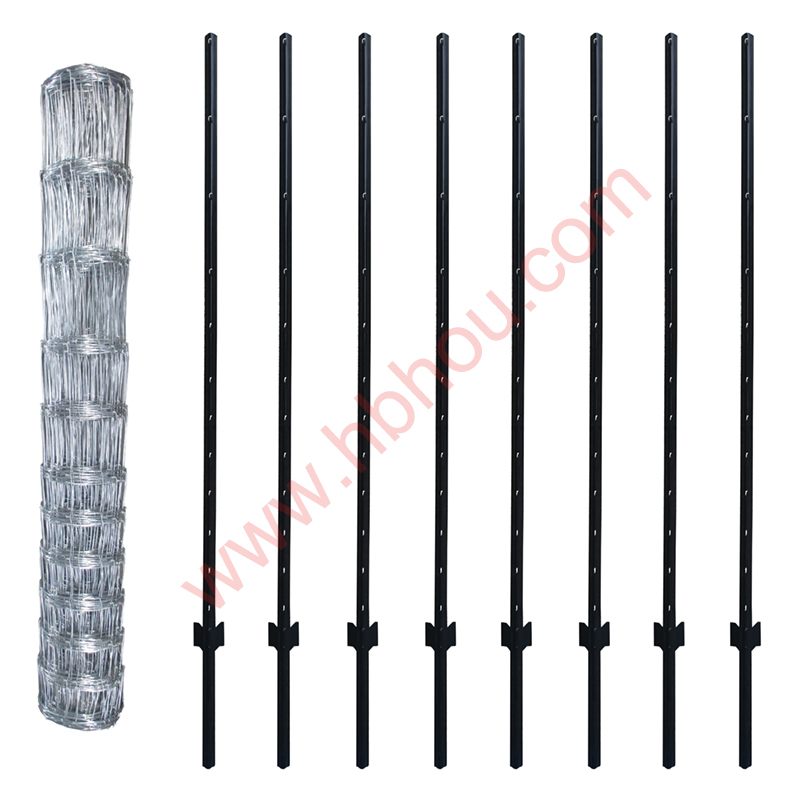Gabion Terraced Gardens A Sustainable Solution for Modern Landscaping
In recent years, landscaping trends have shifted towards more sustainable and eco-friendly practices. One such innovation that has gained popularity is the gabion terraced garden. This unique approach combines functionality, aesthetic appeal, and environmental benefits, making it an ideal choice for modern gardeners looking to enhance their outdoor spaces.
What is a Gabion?
Gabions are wire cages filled with rocks, stones, or other materials, often used in civil engineering, road building, and landscaping to support structure and prevent erosion. These robust structures can be arranged in various configurations, making them versatile for use in different landscapes. When applied to terraced gardening, gabions serve as retaining walls that create tiered levels for planting, thus maximizing space and preventing soil erosion on sloped terrain.
The Benefits of Gabion Terraced Gardens
1. Erosion Control One of the primary advantages of gabion terraced gardens is their ability to control erosion. By retaining soil on steep slopes, gabions reduce the risk of landslides and the loss of topsoil. They provide stability to the landscape, ensuring that plants have the necessary nutrients to thrive.
2. Water Management Gabion structures facilitate natural drainage by allowing water to seep through the rocks. This feature helps prevent waterlogging, which can be detrimental to plant health. Moreover, the porous nature of gabions promotes groundwater recharge, contributing positively to the local ecosystem.
3. Aesthetic Appeal Gabion terraced gardens offer a unique, rustic aesthetic that can enhance the beauty of any garden. The stones used in gabions come in various sizes, colors, and textures, allowing for creative expression in design. Homeowners can choose materials that complement their garden’s theme or architecture, creating a harmonious outdoor space.
4. Sustainability Utilizing natural materials for gabion construction aligns with sustainable gardening principles. By employing locally sourced stones and reducing the need for concrete or other manufactured materials, gardeners can minimize their carbon footprint. Furthermore, the longevity of gabions adds to their sustainability, as they require minimal maintenance compared to traditional retaining walls.
5. Biodiversity A gabion terraced garden can enhance local biodiversity. The nooks and crannies within the gabion structure can serve as habitats for various species, such as insects and small mammals. Additionally, the varied plantings in terraced levels can attract pollinators and other beneficial wildlife, creating a flourishing ecosystem.
gabion terraced garden

How to Create a Gabion Terraced Garden
Creating a gabion terraced garden involves several steps
1. Planning Determine the design of your garden, including the height and width of each terrace, as well as the types of plants you wish to include. Take into account the sun exposure, drainage, and soil conditions of your site.
2. Materials Acquire high-quality gabion baskets (available at garden supply or home improvement stores) and choose the types of rocks or stones you wish to fill them with. Consider using a mix of larger and smaller stones for aesthetic variety and stability.
3. Construction Begin by digging into the slope to create flat terraces. Place the gabion baskets at different heights along the slope, securing them as necessary. Fill each basket with your chosen stones, ensuring they are compact and stable.
4. Planting Once the gabions are securely in place, begin planting your chosen flora in each terrace. Opt for native plants that thrive in your region for the best results. Consider using a mix of perennials, shrubs, and ornamental grasses to create visual interest across the different levels.
5. Maintenance Gabion terraced gardens require minimal maintenance. Regular watering, especially during dry spells, and occasional weeding will keep your garden thriving. The stones may need to be rearranged periodically due to settling, but overall, the longevity of gabions makes them a low-maintenance choice.
Conclusion
Gabion terraced gardens exemplify a modern approach to sustainable landscaping that harmonizes functionality with beauty. By managing erosion, enhancing biodiversity, and offering a unique aesthetic, these gardens are not just visually appealing but also beneficial for the environment. As homeowners look to create functional outdoor spaces, gabion terraced gardens stand out as a worthy investment in both beauty and sustainability. Whether you are an experienced gardener or a novice, this innovative landscaping method can transform your outdoor space into a thriving, eco-friendly haven.
















